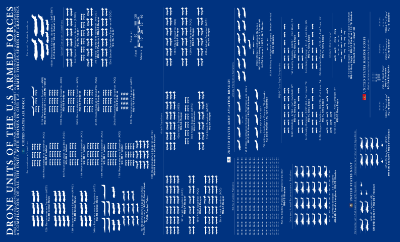0

One of the greatest strengths of Ansible is the tremendous community of individuals that have risen to the challenge of building Ansible into the top automation platform available. It is that community that has driven Ansible to focus on innovative solutions that are guided by simplicity. The community that makes Ansible great has pushed to expand the capabilities of Ansible even further to encompass more platforms and technologies that comprise today’s most complex IT infrastructures.
In response to the many asks from the Ansible community and enterprise customers, we are pleased to introduce Ansible network technology preview, which is available immediately. The Ansible network technology preview is built on the success of Ansible 2.0, and provides newly developed integrations for working with network devices. Developed in partnership with network vendors and the Ansible community, support for networking devices gives the Ansible community the opportunity to extend full stack automation efforts to include network devices as well.
Capabilities
Ansible’s network support augments, rather than replaces, network operations team capabilities. The network modules focus on three key areas where automation can revolutionize how organizations work with their network gear:
-
Configuration Management
-
Test-Driven Networking
-
Continuous Compliance
Background
We built a set of Continue reading

 OSS leads to OSS, according to one China Mobile exec.
OSS leads to OSS, according to one China Mobile exec. It joins a crowded hyperconverged field.
It joins a crowded hyperconverged field.

